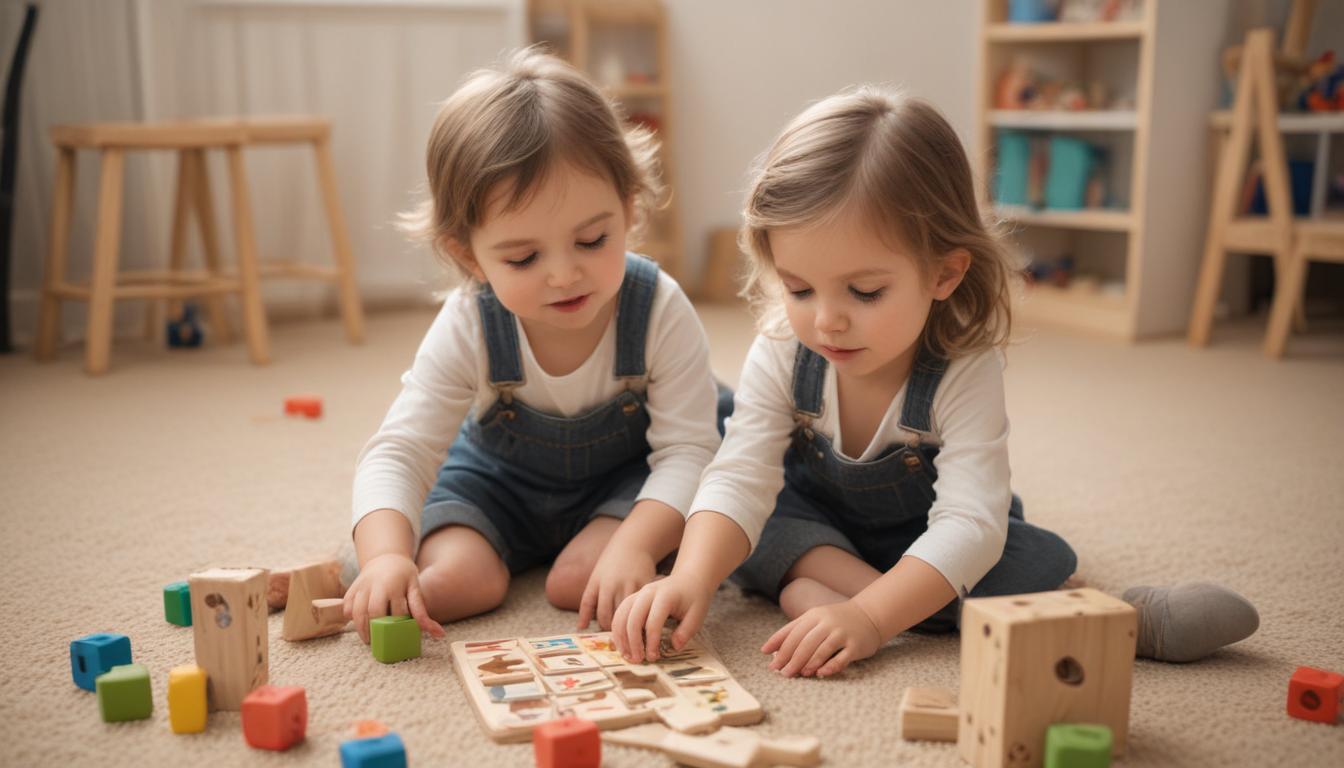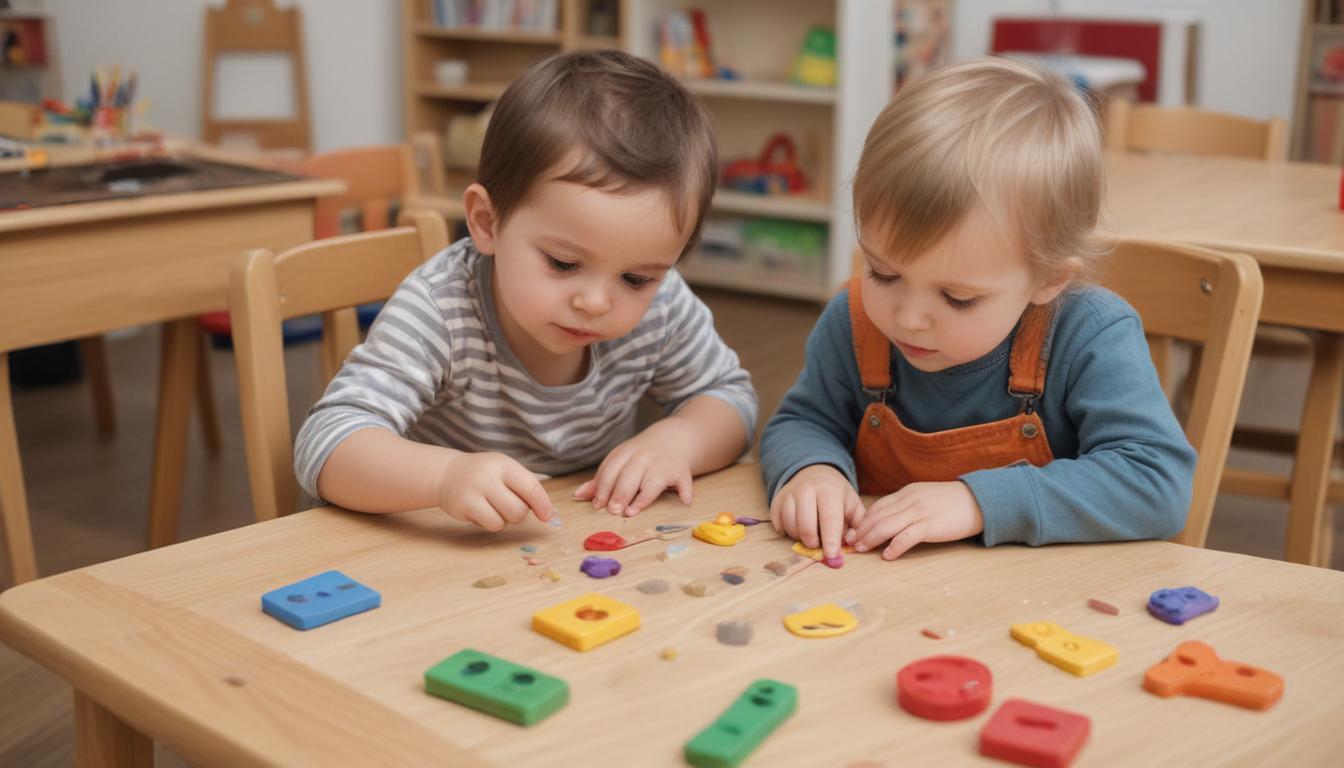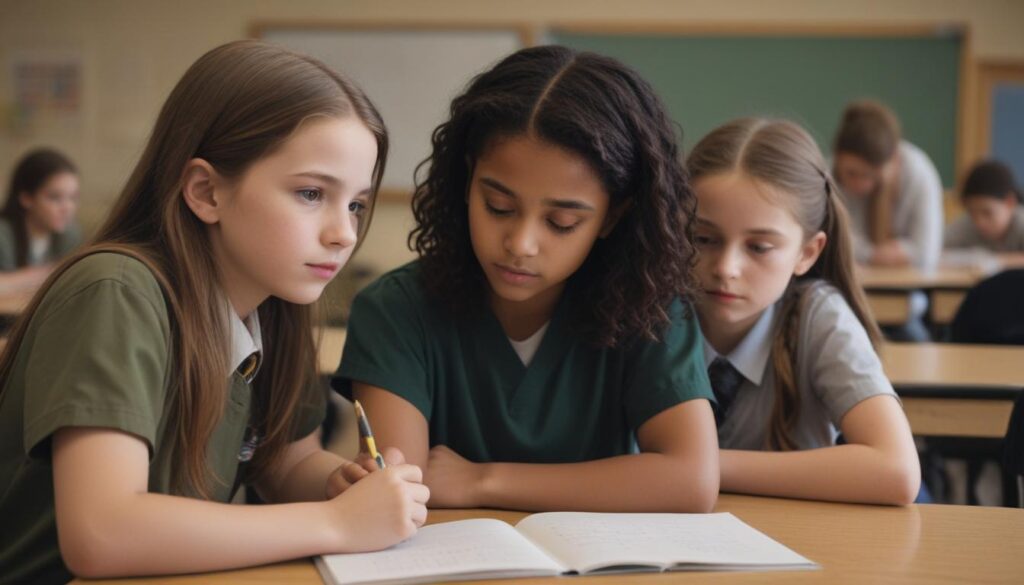Now Reading: Boost Learning Through Play
- 01
Boost Learning Through Play
Boost Learning Through Play

The Role of Play Based Learning in Early Childhood
As a parent, your child’s development is always on your mind. You might see other parents using flashcards and educational apps with their toddlers, and a small worry starts to bubble up. Are you doing enough? Will your child fall behind if their days are filled with building blocks and pretend tea parties instead of structured lessons? The pressure to turn your home into a mini-school can feel overwhelming, making you feel anxious that “just playing” is time wasted.
But here is the wonderful truth. The most powerful tool for your child’s growth—cognitively, socially, and emotionally—isn’t a worksheet or a screen. It’s the very play you’ve been worried about. Play is not a break from learning; it is the essential work of childhood. By embracing a play-based learning approach, you can step away from the pressure and watch your child thrive in the most natural and effective way. It’s about understanding that through play, your child is building the fundamental skills they need for school and for life.
What Exactly Is Play Based Learning
Play-based learning is an educational approach where play is the main way children learn. It is a purposeful and thoughtful method that allows children to explore, experiment, discover, and solve problems in imaginative and playful ways. This isn’t about letting a child run wild in a room of toys with no direction. Instead, it’s a spectrum that includes both child-led free play and gently guided play, where an adult might ask a question or add new materials to deepen the learning experience.
For example, when a child builds with blocks, they are doing more than just stacking. They are a little engineer testing ideas about balance, gravity, and structure. When they are playing in a pretend kitchen, they are practicing social skills by deciding on roles, building their vocabulary, and learning early math concepts by sorting and counting “ingredients.” The learning is woven seamlessly into an activity the child is naturally motivated to do, making it much more meaningful and memorable than memorizing facts.
The Lifelong Benefits of Learning Through Play
The skills developed during play are not small things; they are the critical building blocks for a well-rounded, capable, and happy person. The benefits reach far beyond the preschool years, creating a strong foundation for all future learning and social interactions. By creating a playful environment, you are giving your child a gift that will last a lifetime.

Cognitive and Academic Growth
Play is the engine of intellectual development. It is where children first learn how to think critically and solve problems. When a puzzle piece doesn’t fit, they have to analyze the shape and turn it differently. This simple action builds spatial reasoning and perseverance. Creating a story with puppets develops narrative skills, vocabulary, and symbolic thinking—all essential skills for reading and writing.
Furthermore, play directly supports readiness for traditional school subjects. Sorting toys by color or size teaches classification, a fundamental math skill. Singing rhyming songs builds phonological awareness, which is crucial for learning to read. Splashing in water teaches concepts of volume and measurement. Through these joyful, hands-on experiences, children develop a deep, intuitive understanding of complex ideas that a worksheet could never replicate.
Social and Emotional Development
The sandbox, the dress-up corner, and the blanket fort are the first boardrooms a child will ever know. It is here that they learn the complex dance of social interaction. Playing with friends requires negotiation, sharing, collaboration, and taking turns. It teaches children how to read social cues, understand another person’s point of view, and develop empathy. Figuring out who gets to be the superhero is a real-world lesson in conflict resolution.
Play also acts as a safe space for exploring and managing big emotions. A child who feels nervous about starting school might act it out with their dolls, which gives them a sense of control. A teddy bear can become a trusted friend for their fears and worries. This process helps children build emotional intelligence and resilience, allowing them to better handle their feelings in a healthy way.
How to Encourage Play Based Learning at Home
Creating a rich environment for play-based learning doesn’t require a big budget or a room full of expensive toys. In fact, simplicity is often better. The most valuable playthings are open-ended—meaning they can be used in many different ways. Think of items like building blocks, cardboard boxes, play-doh, art supplies, scarves, and containers. These materials spark imagination and creativity far more than a battery-operated toy that only does one thing.
Your role in this is not to be a teacher, but a facilitator and a curious play partner. Get on the floor with your child. Follow their lead and show real interest in their games and ideas. Ask open-ended questions to encourage deeper thinking, such as, “I wonder what would happen if we added water to the sand?” or “Tell me more about the castle you’re building.” Your engaged presence and excitement are the most important ingredients. So, let go of the pressure, embrace the “mess,” and trust in the profound power of play. You are not just watching your child have fun; you are witnessing the incredible work of a growing mind.



































